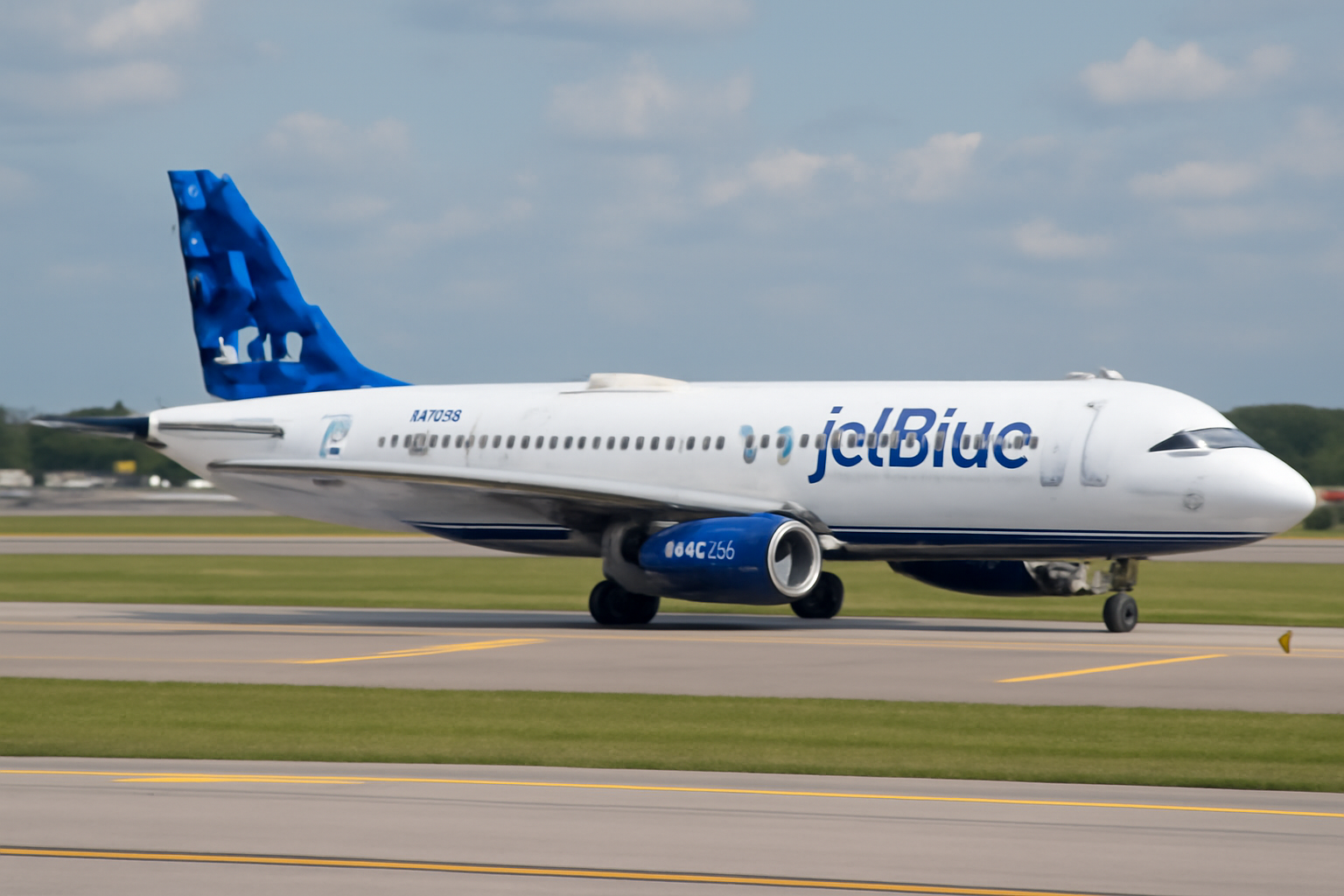JetBlue, one of the leading American airlines, has made a series of bold adjustments to its route network, including discontinuing six low-performing services and introducing new routes to meet the changing needs of travelers. These strategic moves reflect the airline’s ongoing efforts to streamline operations, improve profitability, and better align with fluctuating market demands.
The recent adjustments were prompted by financial performance concerns and shifting travel trends. Although some of the cuts are disappointing for passengers, they also signal JetBlue’s commitment to focusing on profitable routes while exploring growth opportunities in premium services. The move also highlights the airline’s focus on sustainability and long-term competitiveness in the aviation industry.
Discontinuation of Underperforming Routes
As part of its network optimization, JetBlue has confirmed the suspension of several underperforming routes, including the highly visible Boston to Miami service. According to data from Cirium Diio, the final flight on this route will take place on September 2, 2025, marking the end of a connection that no longer meets the airline’s financial objectives. The airline stated that the Boston-Miami route, despite its popularity, had not met financial expectations, leading to the tough decision to cease operations.
Other routes that will be discontinued include flights from San Juan, Puerto Rico to Cancun, which had been operating seasonally. This route will be suspended in August, as the airline determined that the overall profitability did not justify maintaining a year-round service. Similarly, seasonal flights between Boston and Grenada will no longer operate starting November 2025, further reducing the airline’s service offerings in low-demand markets.
Additionally, JetBlue will be suspending its flights from Buffalo to West Palm Beach, a service initially planned for launch in October 2025, due to lower-than-expected demand. Other cuts include seasonal adjustments, such as the transition of the Boston to Seattle route to a seasonal operation rather than a year-round service, which will end in October 2025 and resume in April 2026.
Introduction of New Routes and Premium Services
While the cuts to some routes may seem disappointing, JetBlue is also taking significant steps to expand its network and services. The airline has confirmed the introduction of a new route connecting New York’s John F. Kennedy Airport to a soon-to-be-announced destination, which is expected to be a high-demand market for both business and leisure travelers. This marks the airline’s continued commitment to expanding its offerings and providing travelers with additional options.
A key element of JetBlue’s new strategy is the expansion of its premium services, particularly the Mint service, which offers luxurious, business-class experiences for long-haul passengers. This expansion is in direct response to the growing demand for premium offerings among travelers, especially as business and first-class services continue to recover from pandemic-related slowdowns. Mint is expected to play a central role in JetBlue’s efforts to remain competitive in the international air travel market.
Strategic Focus on Profitability
JetBlue’s recent moves are part of a broader strategy to optimize profitability by focusing on high-demand routes and premium offerings. The airline recognizes the need to adapt to fluctuating consumer demand, which has been especially volatile in recent years due to global economic conditions.
The decision to discontinue several routes is driven by a desire to prioritize routes that offer the greatest potential for profitability. According to JetBlue executives, the cuts were made in response to shifting passenger preferences, with many travelers opting for destinations that offer more opportunities for business, leisure, and tourism activities.
By reducing services on underperforming routes, the airline aims to maximize operational efficiency and improve overall financial performance. These adjustments will allow JetBlue to reallocate resources and focus on routes that have higher demand, ensuring that the airline can remain competitive and financially sustainable in the face of ongoing challenges in the global aviation market.
Industry Trends and the Future of Air Travel
JetBlue’s recent decisions are reflective of broader trends in the aviation industry, where airlines are increasingly required to reassess their networks and make strategic adjustments to meet changing market conditions. The industry has faced numerous challenges in recent years, from rising operational costs to shifting consumer behaviors.
As global travel continues to recover from the impacts of the pandemic, airlines are adapting to new travel patterns that emphasize sustainability, luxury, and flexibility. JetBlue’s focus on expanding Mint services and launching new routes in high-demand markets is indicative of the airline’s strategy to meet the evolving expectations of modern travelers.
The Future of JetBlue’s Network and Services
Looking ahead, JetBlue’s adjustments will allow the airline to stay nimble and better align with the dynamic needs of the market. With a focus on enhanced premium services and selective route expansions, JetBlue is positioning itself to capitalize on the growing demand for high-end travel experiences while maintaining a profitable network of services.
For passengers, the cuts in certain routes may be disappointing, but the airline’s new offerings and expanded premium services provide a sense of optimism for the future of air travel. As JetBlue continues to refine its operations, the coming months will be pivotal in determining the success of its revised network strategy and its ability to maintain a strong presence in the competitive aviation market.
Conclusion
In conclusion, JetBlue’s bold network adjustments reflect its commitment to long-term sustainability and profitability in an ever-changing travel environment. While the airline has discontinued several low-performing routes, it has also introduced new options for passengers, particularly in the premium travel segment. These strategic changes, designed to optimize operational efficiency and improve profitability, underscore the airline’s ability to adapt to the challenges of the global aviation industry. As JetBlue continues to fine-tune its network and services, the airline is poised to strengthen its position in the competitive travel market, ensuring a bright future for both travelers and the airline itself.
For more travel news like this, keep reading Global Travel Wire














